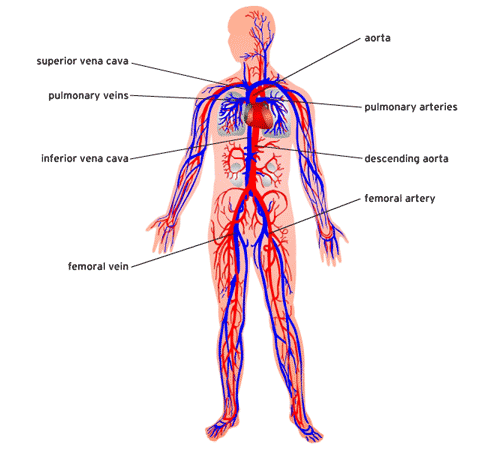| http://cisncancer.org/ |
Basics of the Immune System
The immune system is your bodies defensive mechanism, if you will. Its function is to protect you from harmful, infectious viruses. The immune system is very crucial for your body, and without it, you would have tons of fatal diseases infecting you body. The immune systems primary organs are the thymus and bone marrow, and the secondary organs include the spleen, tonsils, lymph vessels, lymph nodes, adenoids, skin, and liver. Each of the organs serve each part of the body, and protect that part from infectious disease from spreading.
Interactions With Other Systems
The immune system interacts very closely with the circulatory system. This is because the white blood cells need a path to run through. The immune system relies on the circulatory to carry around your white blood cells. These blood cells are crucial for fighting off the viruses and unwanted bacteria that enters your body. This is how the immune system interacts with other systems.
Analogy
 |
| www.a2ua.com/soldiers |
I believe that the immune system acts like soldiers in your body. I think of this because they both do a type of fighting for something they belong to. Let me put this into perspective, the solider fight for their country that they belong to, and fight the apposing enemy. On the other side of the coin, the immune system belongs to the organism, and (fights off) the bacteria and viruses that try to enter you body.
The structure and function of the bone marrow in the immune system are very closely related. I think this because of the bone marrows sensitivity. Because of the bone marrows weak points, it has to be very productive in white cell production. This is it main function. The bone marrow can receive signals through the immune system, so it know how many white blood cells it needs to produce. This is how the structure of the immune system relates to its function.
Sources - http://www.healthhype.com, Brainpop - Immune system, www.biology4kids.com




